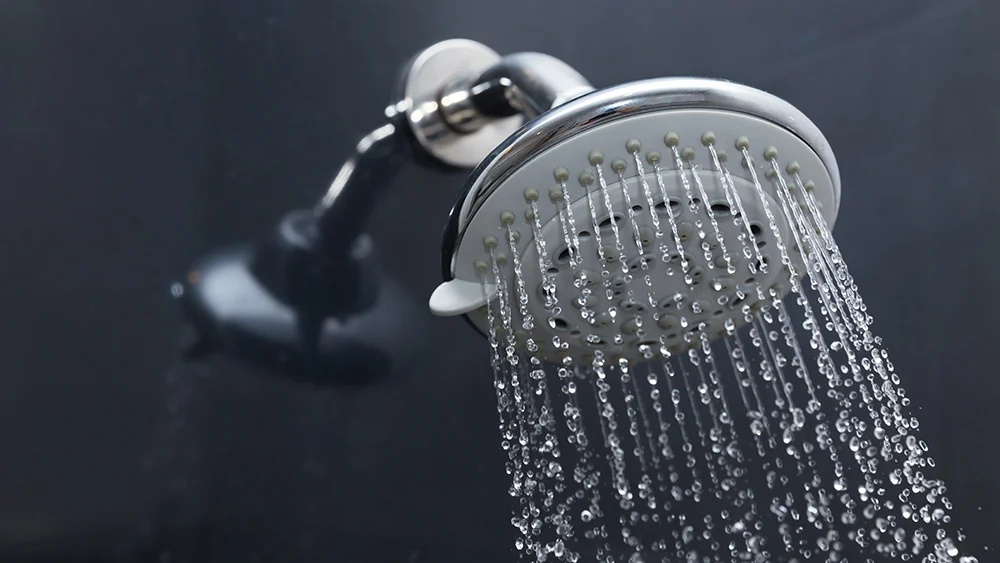What Problems Come With an Old Water Heater? Three Things to Remember

On average, traditional tank water heaters last between 8 and 12 years.
In order to last as long as possible, they require regular maintenance. If you're not sure when your water heater was put in, or whether it's ever had maintenance done, you may be approaching the time for a new one.
If you have an old water heater but aren't sure if it needs to be replaced yet, here are 3 signs to look out for that can answer the question: is my water heater broken?
Keep reading to learn more.
1. The Water Is Too Hot or Too Cold
One of the most common issues that you may run into with a broken water heater is the water temperature. Depending on what temperature water you're experiencing the problem could be one of several things.
If your water is only cold, it can mean that there is no power connected to your water heater, or that you have a faulty heating element or thermostat.
For water that's too hot, the problem is typically related to the thermostat being set too high.
If the water is warm, but not hot it could mean that you have an undersized water tank. This can also mean that there is a crossed connection between the hot and cold water lines or a faulty heating element.
2. Discolored Water
Water that appears to be rusty can indicate deterioration, rust, and corrosion on the inside of the water tank. If this is the case then it will soon be time for a new water heater as it is likely to break fully sooner if it is rusty.
If the water is discolored, but not rusty looking it could be from a build-up of sediment that is causing bacteria to develop. This is dangerous because it can make you and your family sick when using the water. If you notice discoloration along with a smell of rotten eggs you'll need to flush the system out to fix the problem and clean the sediment and bacteria out.
3. Water Leaks
Some condensation on your water heater is normal, but full-on leaks are not. Leaking water at the top of the tank can mean that there is a problem with the inlet or outlet pipes. The issue could be nothing more than a seal that isn't tight enough, or it could indicate a failed valve.
If you want to correct these issues on your own instead of calling in a professional, you'll likely need to find certain water heater parts so you can replace any faulty pieces.
Leaking from the bottom can sometimes mean there is a problem with the heating gasket. More frequently, it means that the tank has broken due to rust. If the tank has been punctured or broken in any way, it will need to be replaced.
Is It Time to Replace Your Old Water Heater Yet?
It is likely only a matter of time unit you need to fix or replace your old water heater. Unless you know how to fix a water heater yourself you should consider hiring a professional if you notice any of these issues.
For more like this, check out the articles in our property category.







